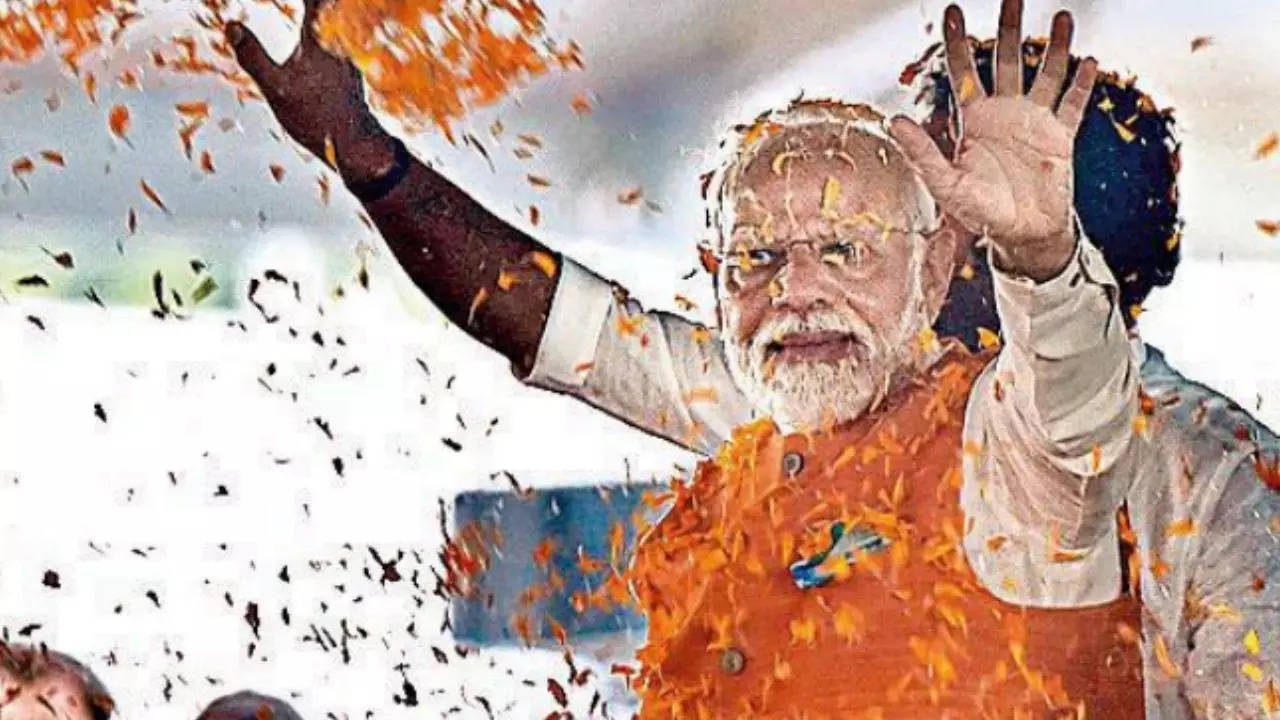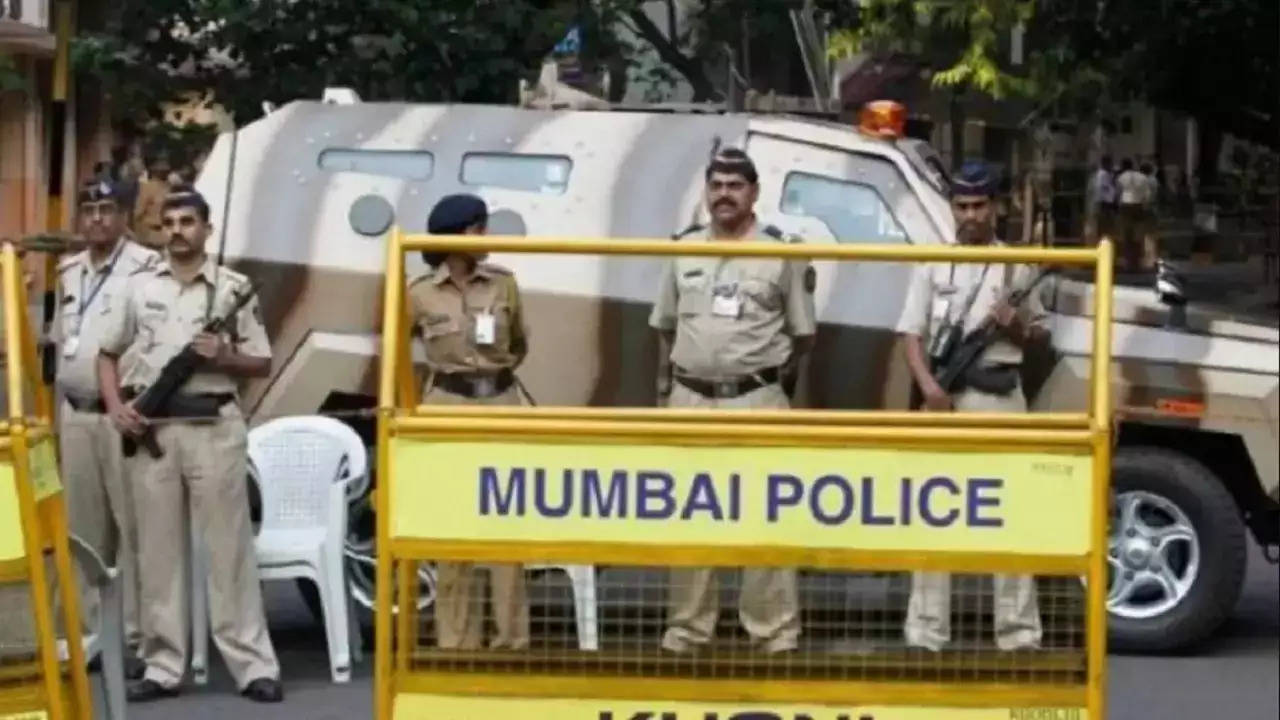India vs England: Bazball in focus as Ben Stokes and Co face litmus test
India vs England: Bazball in focus as Ben Stokes and Co face litmus test

This is not the Ashes. This is not the World Cup, be it any format of cricket. It is Test cricket though, and England’s biggest assignment in the longest format to date under captain Ben Stokes and head coach Brendon McCullum. It is a litmus test for Bazball as England hope to repeat the 2012 heroics, the last time India lost in India in a Test series (Under Alastair Cook’s captaincy).
They tried it earlier as well in 2016-17 and 2020-21 but failed miserably. This time, however, they seem to have discovered a newfound inspiration in Bazball, a term that is synonymous with their aggressive brand of cricket.
IND vs ENG: Individual milestones that can be set during Test series
While England have been largely successful ever since the invention of the Bazball approach, the same approach has been questioned as well. One of the prime examples was during the Ashes in England last year. In the first Test of the Ashes at Edgbaston last June, Stokes drew criticism for his controversial call to declare England’s first innings at 393/8. England would then go on to lose that Test by two wickets, and not just that, their ploy against short balls in the Lord’s Test of that series was also questioned. So much, so that, the continuous barrage of bouncers in that Test had been questioned by former Australia cricketer Mark Taylor.
When it’s almost “time” for the first Test ⏳#TeamIndia | #INDvENG | @IDFCFirstBank pic.twitter.com/QbswZ1AMWZ
— BCCI (@BCCI) January 23, 2024
“If a batsman doesn’t play a shot, how many bouncers you can bowl in an over?” Taylor had said on air. “If both teams continue this bumper tactic – and they will…The laws of the game were changed in the early nineties… If the umpire feels it, he can still call it. It will be same when Australia bowl. If you keep bowling same length, even if it’s not about shoulder high, it’s still intimidation. It’s going to put a lot of pressure on the umpires, who can say, I am going to call it ‘no-ball’.”
That same Bazball approach is once again being questioned by experts, as to how effective would it be on Indian soil, or not.
IND vs ENG: When was last time India suffered a series defeat at home?
In India, it’s not going to be the pace or bounce that will come into effect. Rather, it will be the spinners. India are known to produce spin-friendly tracks, so much so that the track starts turning from Day 1. One can expect something similar when the Test series gets underway in Hyderabad on Thursday
Turn, turn, turn
More than a test of character of strength, it’s going to be about how England approach this Test series. Bazball has been the England team’s keyword heading to this series, but how they turn up against spin remains to be seen.
???? Inside Training | Hyderabad ????
???? Woody rockets
???? Outrageous catches
???? The skipper in action???????? #INDvENG ???????????????????????????? | #EnglandCricket
Click below and see more ????
— England Cricket (@englandcricket) January 22, 2024
The hosts have Ravichandran Ashwin, Ravindra Jadeja, Axar Patel and Kuldeep Yadav — all who are experienced enough to make the heads of the opposition turn.
As far as England facing spin is concerned, it’s Joe Root who stands out among the rest. Root has mastered the art of playing sweep shots against spinners, and in India against spinners, the former captain averages close to 50. None of the other England batters in the lineup have come close to that.
Apart from Root, there’s Ben Duckett too who can play spin well. However, one could say the opener has hardly been tested on Indian soil — The 29-year-old has played two Tests against India in India, having scored just 18 runs. So, in this case, it would be Root who will lead by example when it comes to facing spin.
Opener Zak Crawley did have a resurgent Ashes series last year, scoring 480 runs from nine matches at an average of 53, but matches against India will be a different ball game altogether. In fact, Crawley has struggled for consistency against India, having scored just 155 runs from four matches at an average of less than 20.
England, in fact, would be hoping to avoid a disaster-like situation the last time they were in India for a Test series. Who can forget the two-day Test in Ahmedabad in 2021?
What makes England a confident side this time around is a leader in Ben Stokes. Despite a few controversial calls at times, Stokes has showcased inspiring leadership skills, be it with the fielding placements or bold decisions about the bowling attack. However, what England lack under Stokes this time around is the lack of experienced spinners.
England have the experienced Jack Leach (124 wickets in Tests) leading their spin department. However, partnering Leach will be relative newcomers in Rehan Ahmed and Tom Hartley. Just one Test into his career, Rehan Ahmed already has a five-wicket haul, whereas Hartley, however, is yet to make his debut in the longest format for England.

At the same time, India’s spin is far superior. The trio of Ashwin, Axar and Jadeja have a combined Test wickets tally of 573 on home soil, with Ashwin (337) undoubtedly enjoying the lion’s share of the scalps.
In the 2021 home Test series against England, Ashwin (32 wickets) and Axar (27 wickets) dominated the wicket-takers charts while Jadeja missed out, and England’s batters can surely expect Indian spinners to be even more relentless now that Ravindra Jadeja is also part of that spin bowling department. Jadeja had missed the 2021 series through injury, but he is coming off a productive 2023 where he picked up 33 wickets from seven Tests.
KL Rahul in the middle-order?
The absence of Virat Kohli for the first two Tests is a significant blow for India. While Rajat Patidar has been named Kohli’s replacement, it remains to be seen if the 30-year-old would make his Test debut on Thursday.
Kohli’s absence could certainly mean one thing — KL Rahul bat in the middle-order. With Rohit Sharma and Yashasvi Jaiswal likely to open, and Shubman Gill batting at number three, that would mean KL Rahul come in at number four. Number four and five, however, are positions where KL Rahul has hardly batted, with him having largely opened the innings for India throughout his Test career.
However, now that head coach Rahul Dravid has confirmed that KL Rahul won’t keep wickets in the Tests against England and that it would be one of Dhruv Jurel or KS Bharat, that would ease the pressure a bit for the 31-year-old. That means Rahul can solely focus on his batting in the middle order rather than worrying about donning the wicketkeeping gloves.
The focus will also be on how Gill who bats at the number three position. Gill hasn’t had a time to remember while batting at the number three position in Tests, having scored just 166 runs from five Tests at an average of 23.71, and it will be interesting to see how he will play the anchor role in the upcoming Test series. As an opener, Gill has scored 874 runs from 16 Test matches at an average of 32.37, which would seem to suggest that opening the innings suits Gill better than coming down to bat one down.
However, with Jaiswal becoming hard to overlook, Gill has no other option than to adjust to his new number three batting slot.
All in all, this India-England series promises to be a challenging one, more so for the visitors. For England, while it will be a big test of their skills and approach, the hosts will be aiming to not be complacent, especially in the absence of Kohli for the first two Tests and now that captain Rohit has said that they are not “unbeatable”.
Squads:
India (1st and 2nd Test): Rohit Sharma (C), Yashasvi Jaiswal, Shubman Gill, Shreyas Iyer, KL Rahul (WK), Rajat Patidar, KS Bharat (WK), Dhruv Jurel (WK), Ravindra Jadeja, Ravichandran Ashwin, Axar Patel, Kuldeep Yadav, Jasprit Bumrah, Mohammed Siraj, Mukesh Kumar, Avesh Khan
England: Ben Stokes (C), Rehan Ahmed, James Anderson, Gus Atkinson, Jonny Bairstow (WK), Shoaib Bashir, Harry Brook, Zak Crawley, Ben Duckett, Ben Foakes, Tom Hartley, Jack Leach, Ollie Pope, Ollie Robinson, Joe Root, Mark Wood



 Admin
Admin 







































